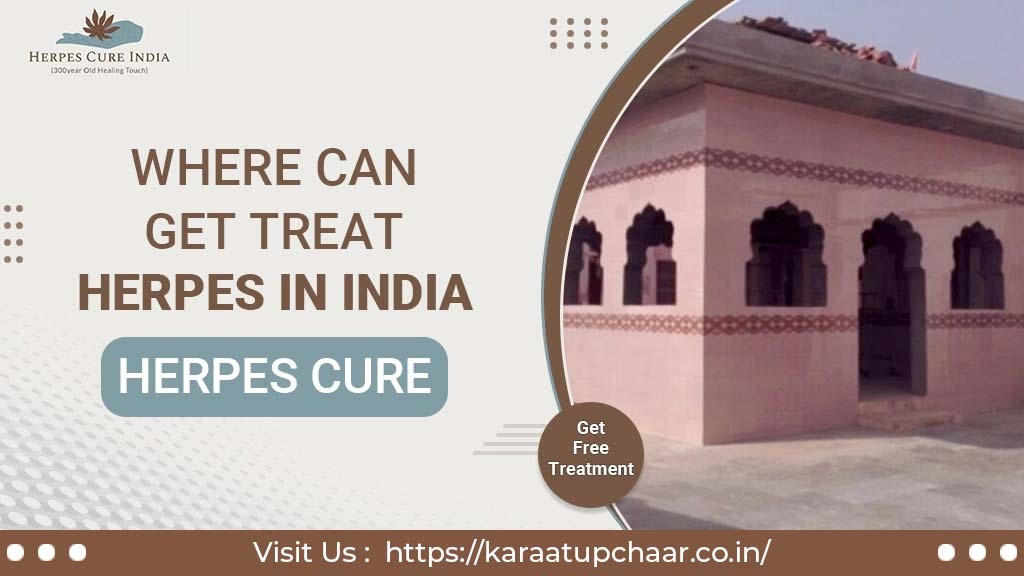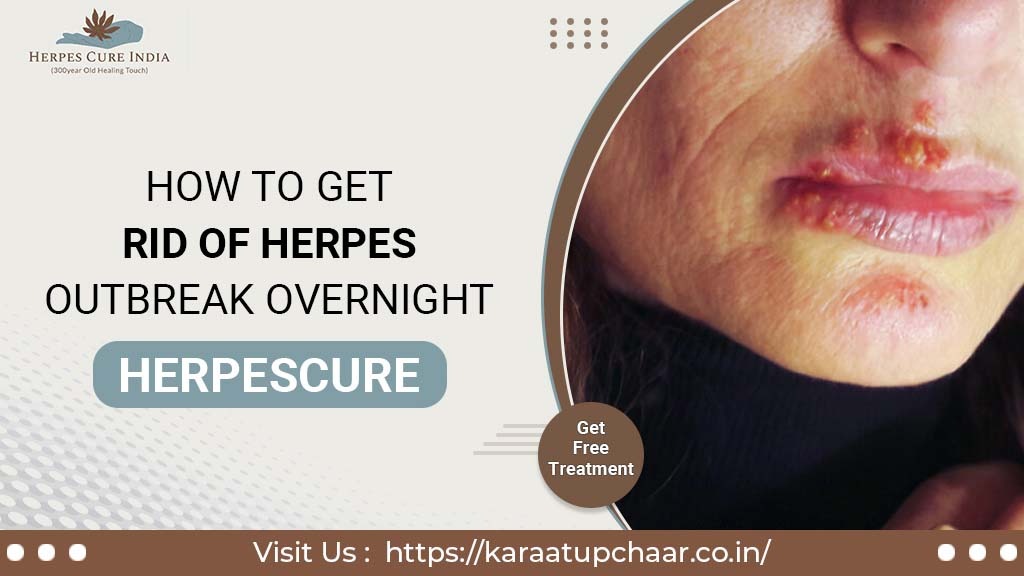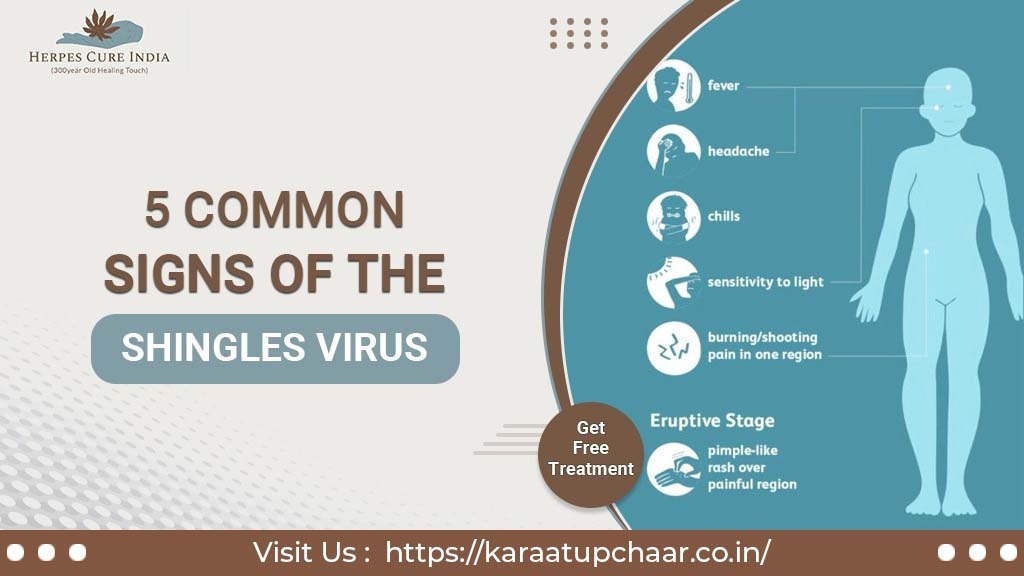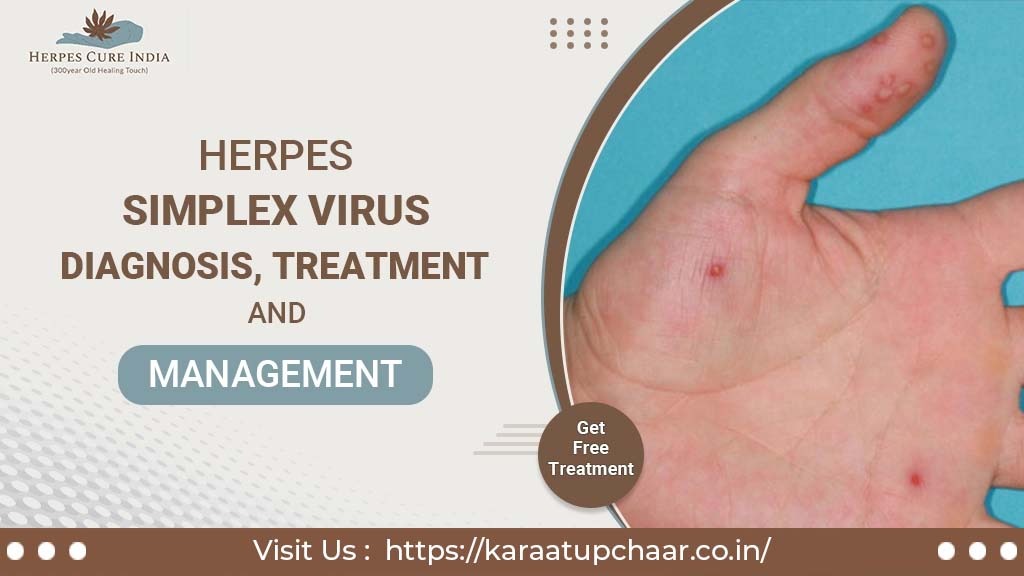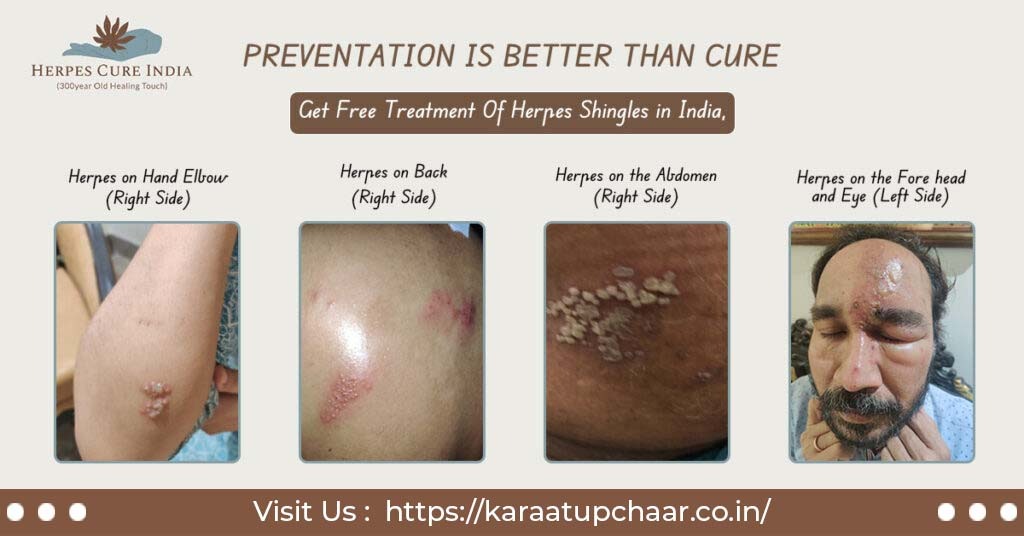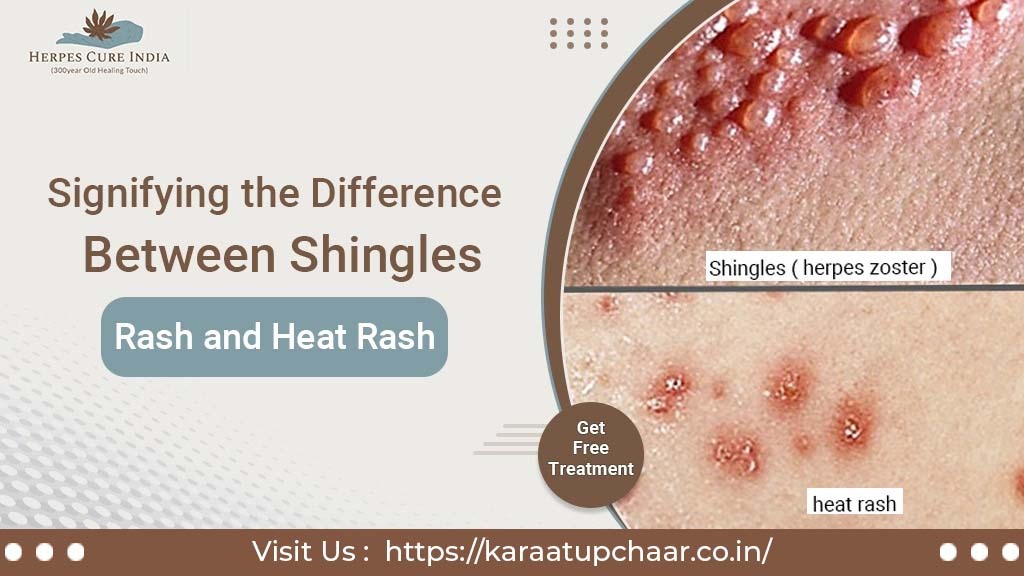
Understanding the Difference between Shingles Rash & Heat Rash
Shingles rash and heat rash are entirely different conditions, but they are often confused with one another. This confusion can lead to delays in diagnosing and treating shingles, allowing the herpes virus to spread further in the body. By the time people realize they are dealing with herpes shingles, it might be too late to prevent complications.
In this blog, we will discuss the difference between Shingles Rash & Heat Rash. But first, let’s clarify what herpes shingles, also known as herpes zoster, is.
What is Herpes Shingles? Understanding the Causes before Exploring the Difference between Shingles Rash & Heat Rash
Herpes infections are caused by the herpes simplex virus (HSV). This infection typically results in blisters or sores around the genitals or mouth, along with other symptoms. There are two types of HSV:
- HSV-1: Causes oral herpes, affecting the skin around the mouth.
- HSV-2: Causes genital herpes and is primarily spread through sexual contact.
Rashes, in general, can be concerning, especially in older adults or community settings where undiagnosed rashes might raise alarms about serious conditions like shingles. It’s important to know the difference between Shingles Rash & Heat Rash to avoid confusion and ensure proper treatment.
Symptoms of Shingles Rash vs. Heat Rash: How to Recognize the Difference
| Shingles Rash | Heat Rash |
| Painful red skin rash with blisters in a localized area, which become cloudy or darkened as they fill with fluid. | Heat rash, also known as prickly heat or miliaria, affects both adults and babies, particularly in hot, humid conditions. |
| Typically occurs as a single, wide stripe on either the left or right side of the body or face. | Heat rash occurs when sweat is trapped under the skin, causing small, blister-like bumps and itching or prickling sensations in the affected area. |
| Two to four days before the rash appears, there may be tingling or localized pain. | Two to four days before the rash appears, there may be itching in the area. |
| Some people develop ongoing nerve pain, lasting months or years, known as Postherpetic Neuralgia (PHN). | Heat rash usually resolves once the skin cools down. Severe cases may require treatment from a healthcare provider. |
Clarifying the Difference between Shingles Rash & Heat Rash
Self-diagnosing a skin condition or making assumptions about a loved one’s health can lead to serious consequences. When dealing with rashes in older adults, it’s easy to confuse the symptoms with other viral diseases like shingles. Understanding the difference between Shingles Rash & Heat Rash is crucial to avoid misdiagnosis.
Recognizing Shingles: The Key to Identifying the Difference between Shingles Rash & Heat Rash
Shingles is a viral infection that can spread from person to person during its vesicular stage. It reactivates in nerve tissue, particularly in individuals at risk, such as those with a latent chickenpox virus or those who have never had chickenpox or the vaccine. Shingles is more common in immunocompromised individuals and people over 65.
The “brand” or “belt” of shingles is the most recognizable sign of an active infection and a critical factor in distinguishing it from heat rash. Shingles usually appear around the waist or chest, creating a girdle-like rash that covers only one side of the midsection.
If you suspect shingles, isolate yourself to prevent spreading the virus and see a doctor for a physical examination. Healthcare providers can quickly identify shingles due to the distinctive blistering rash and will prescribe antiviral medications and recommend home remedies to speed up recovery and reduce pain.
Home Remedies to Help Identify and Treat Shingles Rash & Heat Rash
Herpes Cure offers home remedies specifically for herpes patients, providing free herpes treatment in India that can bring relief in just three days. No heavy medication or vaccination is required—just natural oils that deliver effective results.
Our Medical Expert Board, composed of certified doctors, reviews and vets all information to ensure you are well-informed and confident in your health decisions. We provide free herpes treatment options and empower you with solutions to your most pressing questions, from understanding herpes to managing new diagnoses.
How to Identify Shingles
Shingles is a painful rash that develops on one side of the face or body. The rash consists of blisters that typically scab over in 7 to 10 days and clear up within 2 to 4 weeks. Before the rash appears, people often experience pain, itching, or tingling in the affected area.
Recognizing the Early Signs to Differentiate the Difference between Shingles Rash & Heat Rash
Shingles typically appear as a single stripe of blisters that wraps around the left or right side of the torso. This condition is caused by the varicella-zoster virus—the same virus that causes chickenpox. After you have had chickenpox, the virus remains in your body for life, potentially reactivating as shingles.
What Triggers a Shingles Outbreak?
Shingles occurs when the varicella-zoster virus reactivates in the body after lying dormant. It cannot be contracted from another person who has shingles. Understanding the triggers that lead to an outbreak can help distinguish between shingles and heat rash.
Where Does the Shingles Rash Usually Appear?
The shingles rash typically develops as a stripe of blisters that wraps around either the left or right side of the torso. Sometimes, the shingles rash appears around one eye or on one side of the neck or face, helping to differentiate it from heat rash.

